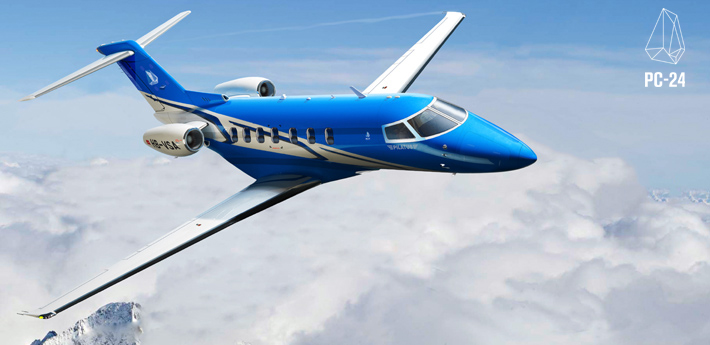The PC-24 aircraft is already a streamlined machine: with a cabin the size of a medium-light plane and the handling of a light jet, the twin-jet bird redefines the business-jet experience.
An announcement today revealed that the PC-24 has been given a new calling after being purchased by Royal Flying Doctor Service (RFDS): it will become the world’s first aeromedical jet, and it will be serving communities in South and Central Australia by 2017. In other words, we now have an ambulance with wings—and a sleek one at that.
 Image via Pilatus
Image via Pilatus
The same PC-24 features that have long kept it apart from the crowd and made it something of a futuristic novelty aircraft—a top speed of 489 mph, excellent short-field landing performance that allows it to land almost anywhere, comfortable cabin size, to name a few—also make it the ideal choice for a medical emergency response and transport vehicle.
The $10 million jets, to be based in Alice Springs and Adelaide, are expected to cut the flying time of long-haul patient evacuations down the middle, being able to reach each corner of the land down under in less than 90 minutes, without having to refuel. The cabin is roomy enough to fir three stretchered patients, clinical staff, and all necessary medical equipment.
“The RFDS PC-24 will enable the RFDS to reach patients in need in all corners of the state in less than 90 minutes, including major regional cities like Mt Gambier in just 30 minutes and Moomba in the Cooper Basin in 60 minutes," said RFDS central operations chief executive officer John Lynch.
South Australia alone sees approximately 15 aeromedical flights every day, and while the Pilatus PC-12 turboprop aircraft that normally handle the flights will still be in operation, the PC-24 will give RFDS a welcome jolt—especially when it comes to negotiating the off-the-beaten-path airstrips in the Outback.
The concept of aeromedical transport took off in England in 1917, and transformed a three-day voyage for a wounded soldier into a 45-minute flight. Since then, the technology has continued to develop into a more efficient means of getting sick and injured patients from point A to B at unprecedented speeds.
It will be fascinating to the limits of this technology pushed once again in the form of the PC-24, coming in 2017.
Edited by
Maurice Nagle